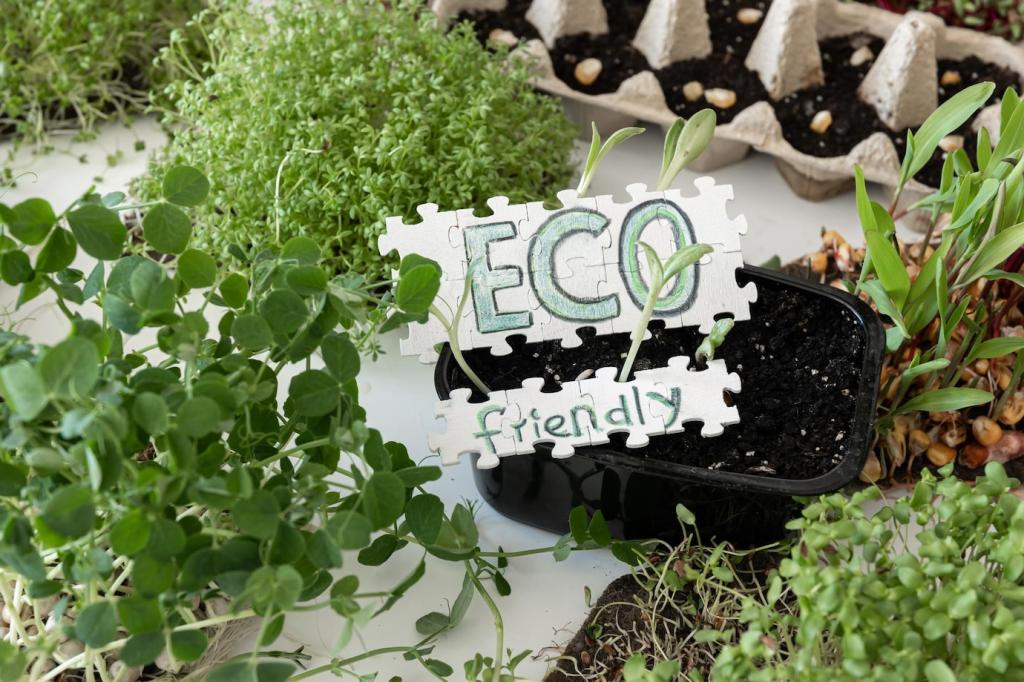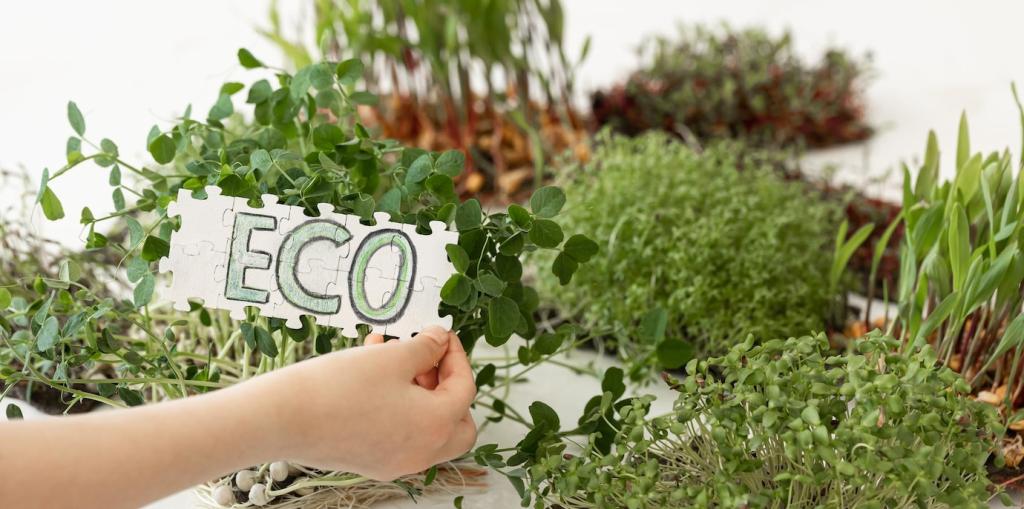Chosen theme: Water Conservation in the Home. Welcome to your practical, inspiring guide for saving water without sacrificing comfort. Together, we will uncover simple shifts, smart tools, and motivating stories that make a measurable difference. Join the conversation, subscribe for weekly tips, and share your wins—your home can lead by example.
Know Your Flow: Understanding Your Household Water Footprint
In a typical home, toilets, showers, faucets, clothes washers, and hidden leaks account for most indoor use. Estimates often hover around a quarter for toilets, a fifth for showers, and meaningful slices for faucets and laundry. Know these proportions and you will know where to focus first. Which area surprises you most?

Quick Wins You Can Do Today
Track down and fix leaks
Toilet flappers, worn faucet cartridges, and sweating valves are common culprits. Use dye tablets or food coloring in the toilet tank to check for silent leaks. A quiet repair can save gallons every day. Comment with your first leak fix, and inspire someone else to start tonight.
Add aerators and efficient showerheads
Modern aerators and WaterSense showerheads mix air with water, keeping pressure satisfying while reducing flow. Installation takes minutes and costs less than a takeout meal. Try the shower bucket test to measure baseline flow, then share your new number after the swap. Small gadget, big impact.
Set tiny timers and micro-habits
Shorten showers by one minute, turn off the tap while brushing, and capture rinse water for plants. Place a gentle reminder card near the sink or a waterproof timer in the shower. Micro-habits stick because they demand little effort. Tell us which cue worked best for your family.
Appliance Savvy: Laundry, Dishwashers, and Toilets

Laundry cycles that respect every drop
Wash full loads on efficient cycles, choose cold water when possible, and consider a high-efficiency washer when upgrading. Front-load machines generally use less water than top-loaders. Clean the filter and check hoses yearly. Share your favorite settings and how they changed your monthly usage and fabric care.

Dishwashers versus handwashing
A modern, full dishwasher often uses less water than handwashing, especially with the no-pre-rinse approach. Scrape plates, load efficiently, and choose eco cycles. If handwashing is necessary, gather items and wash in a basin rather than under a running tap. Which strategy saves you more time and water?

Toilet upgrades that pay off
Older toilets can use several gallons per flush, while efficient models deliver performance at a fraction of the volume. Dual-flush options add flexibility for everyday needs. If replacement is not possible yet, try a tested displacement device—never bricks—and ensure flappers seal tightly. Report your flush-factor wins.
Rinse smart and reuse wisely
Wash produce in a bowl, not under a constant stream. Use the nutrient-rich rinse water for herbs or houseplants where safe. Soaking loosens grit more effectively than blasting. Share your clever reuses—do you have a favorite kitchen-to-garden water loop that others could try tonight?
Boiling, steaming, and saving stock
Use lids to reduce boil times, measure just enough water for pasta, and save the flavorful liquid as broth for soups. Steaming often preserves nutrients and uses less water than boiling. Post your most surprising “second life” for cooking water, and we will highlight the tastiest ideas.
Thawing and cleaning with intention
Thaw foods in the refrigerator instead of running water, and soak stuck-on pans rather than scrubbing under an open tap. Keep a small basin ready for soapy pre-soak. What kitchen ritual do you plan to change this week? Share it and encourage another cook to follow your lead.
Outdoors and Garden, the Waterwise Way
Choose climate-appropriate species that love your local rainfall patterns. Mulch reduces evaporation, moderates soil temperature, and suppresses weeds. Healthy soil holds water like a sponge. Post a photo of your most drought-hardy corner, and tell us which plant surprised you with its endurance.
Drip lines deliver moisture directly to roots, and smart controllers adjust schedules after rain or cool nights. Water early morning to reduce loss to wind and sun. Conduct a can-test to check sprinkler uniformity. Share your controller settings, and we will crowdsource a seasonal watering playbook.
Rain barrels, diverters, and permeable pathways turn storms into resources. Even small systems relieve pressure on municipal infrastructure and support your garden during dry spells. Start modestly, then scale. If you have a barrel setup, describe the most helpful feature so newcomers can replicate success.

Set a baseline and friendly targets
Pick a simple benchmark—gallons per day or month—and choose a realistic reduction goal. Celebrate small wins, not just big drops. A visible chart on the fridge keeps momentum going. Comment with your starting number and target, and we will cheer your progress together.
Family challenges and reminders
Gamify conservation with weekly mini-goals, like shortest shower times or most creative reuse. Rotate a “water captain” to track efforts and share tips. Rewards can be experiential, not material. Which challenge should we all try next week? Nominate one and invite a friend to join.
Share, subscribe, and inspire
Your story can spark someone else’s first step. Post a before-and-after bill, a fix-it photo, or a garden transformation. Subscribe for practical guides, printable checklists, and seasonal reminders. Together, our homes can model Water Conservation in the Home so convincingly that neighbors naturally follow.
